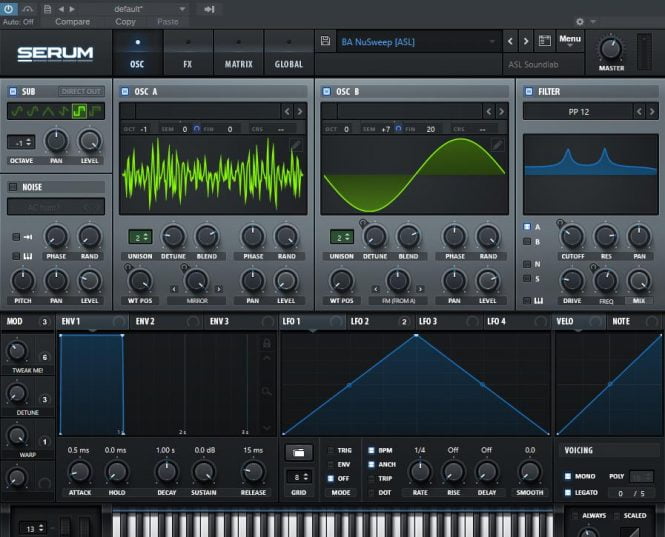

If the “ no ” option is selected (no labels), the CHULL program generates default labels (e.g., “ model1 ”, “ model2 ”, etc.). 3, the label file ( “ Labels.txt ” ) for the guiding example is shown. Obviously, the number and order of the labels has to correspond to the number and order of the models in the file with the complexity and (mis)fit values. Each line of text (and/or symbols) will be considered as a separate label, where the different text lines may be separated by one or more empty lines. This file should also be an ASCII file (.txt format).

This can be achieved by checking the “ yes ” box in the “ Do you want to provide labels (in a separate file)? ” part of the “ Please, specify the following information ” compartment and by browsing for the file that contains the labels (e.g., in Fig. Label file Optionally, the user may also provide labels for all models under study. Because for the best- subset regression example the 1 % rule is adopted, a “ 1 ” is entered in this box (see Fig. To this end, the user needs to specify the required percentage in the box below “ % increase in fit needed to keep a model in the comparison ”, to the right in the “ Convex hull ” compartment. Furthermore, the user also needs to specify the percentage of increase in fit that a more complex model should have, as compared to a less complex model, so as to keep the complex model in the comparison (see section Method). Because in the regression example the loss function pertains to badness of fit (i.e., sum of squared residuals), the “ lower boundary ” option is selected in Fig. Goodness of fit or misfit The user needs to indicate whether the fit measure pertains to goodness of fit (e.g., the amount of explained variance) or badness of fit/misfit (e.g., sum of the squared residuals) by checking the appropriate option in the “ Which boundary of the convex hull do you want? ” part of the “ Please, specify the following information ” compartment: in the case of badness of fit, “ lower boundary ”, and in the case of goodness of fit, “ upper boundary ”.

Obviously, the CHULL program cannot handle missing values (i.e., models for which no complexity or goodness of fit/misfit value is provided cannot be considered). The complexity and fit values should be integers or real numbers, with decimal separators being denoted by a period and not by a comma. Within each row, the complexity and fit values may be separated by one or more spaces, commas, semicolons, tabs, or any combination of these. 3) in the ASCII file, empty lines are allowed. txt file) that contains as many rows as there are models under consideration, with each row having a complexity (first column) and a goodness of fit/misfit (second column) value for the corresponding model (the file “ Values.txt ” is displayed in the left-hand panel of Fig. This file should be an ASCII file (i.e., a. with complexity and (mis)fit values The user has to specify the file that contains the complexity and (mis)fit measures for all considered models by clicking the Browse button at the top of the Please, specify the following information ” compartment and selecting the file in question (e.g., in Fig.


 0 kommentar(er)
0 kommentar(er)
